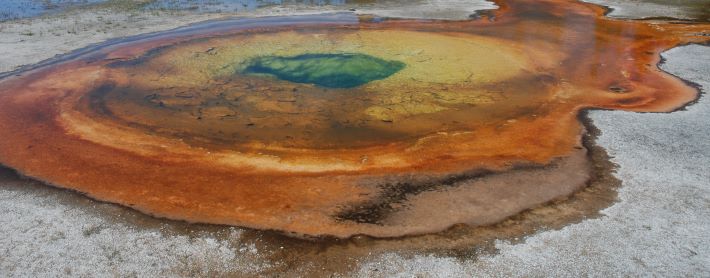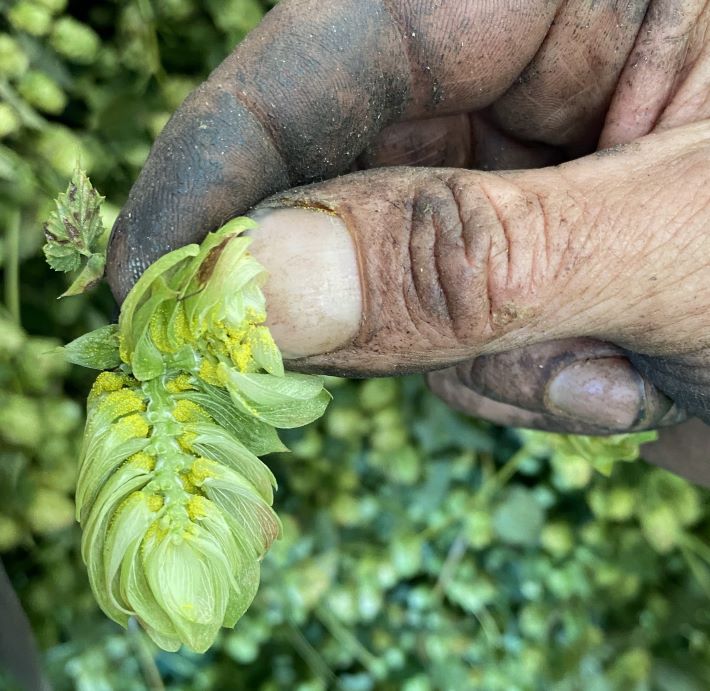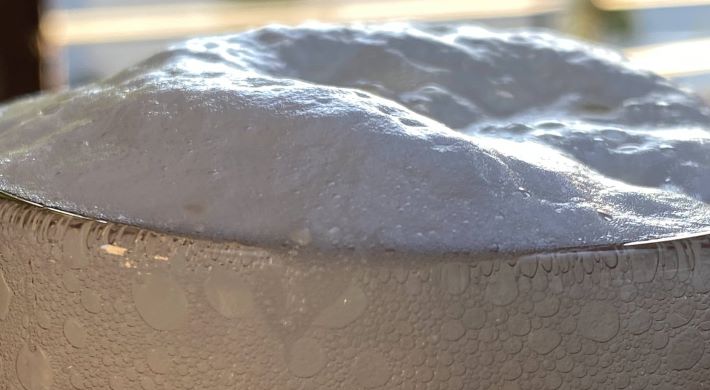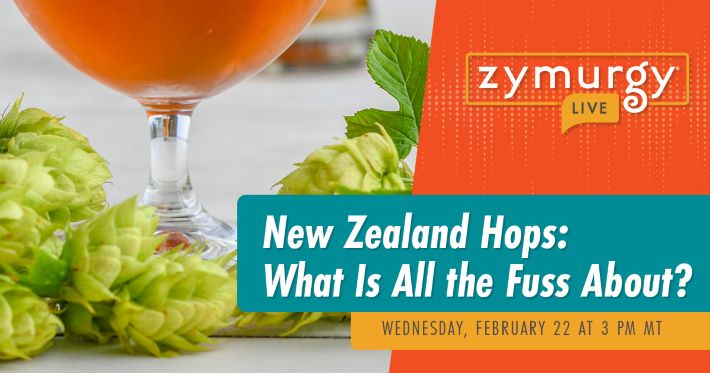
Imagine hiking in the mountains of wherever, emerging from a stand of trees and seeing a half dozen pools on the flat rock surface ahead. And that the smell that filled the air was just like your favorite beer.
Yet when you sidle up to them individually, getting close enough to sort out what each of them contributed on their own it is obvious they are unique.
Might you call them beer aroma pools?
Randy Mosher introduces this idea—that is aroma pools, sans the mountains—in the current (Spring 2023) issue of Craft Beer & Brewing. The inspiration comes from a research article with the roll-off-your-tongue title of “A New Classification of Perceptual Interactions between Odorants to Interpret Complex Aroma Systems. Application to Wine Aroma.” You may download it here, but I recommend skipping directly to Mosher’s beer version.
Let’s start with the odor activity value (OAV), which you might recall is discussed in “For the Love of Hops.” The OVA equals one when the threshold of detection of a compound is equal to the quantity present.
In the wine study, researchers blended single chemical compounds to create a model wine aroma. They then began removing them to determine which ones really matter. The model included 14 ethyl esters, only six of which had an OAV greater than 1. They were able to remove every ester except one and still maintain the same fruity character as long as they increased the quantity to match the original intensity.
Mosher writes, “As a group, the esters were so resilient that scientists termed them a ‘buffer.’ Even though many of the original esters were far below threshold values, they were strongly interacting—demonstrating superadditivity, a kind of synergy.”
He asks, “Is beer odor structured similarly?” The answer is yes, and he makes the case. So I suggest you track down a copy of the magazine. As you might expect, Mosher has also created lovely diagrams of how to think about both wine aroma pools and beer aroma pools.
You can find it here, or subscribe.
A bit of a disclosure. I occasionally write (and thus am paid by) Craft Beer & Brewing. I write about hops regularly for Brewing Industry Guide, which is produced by CB&B.



